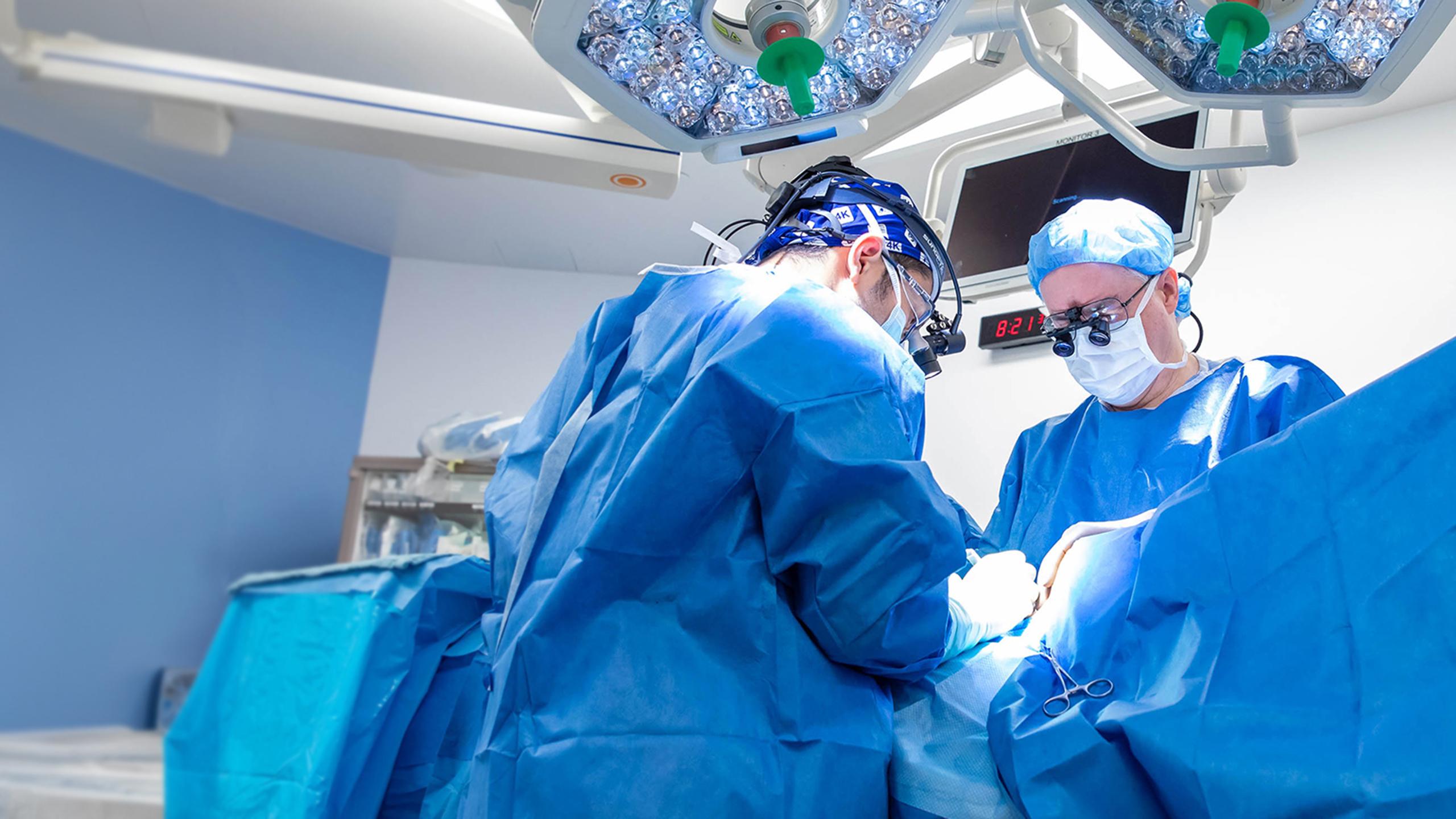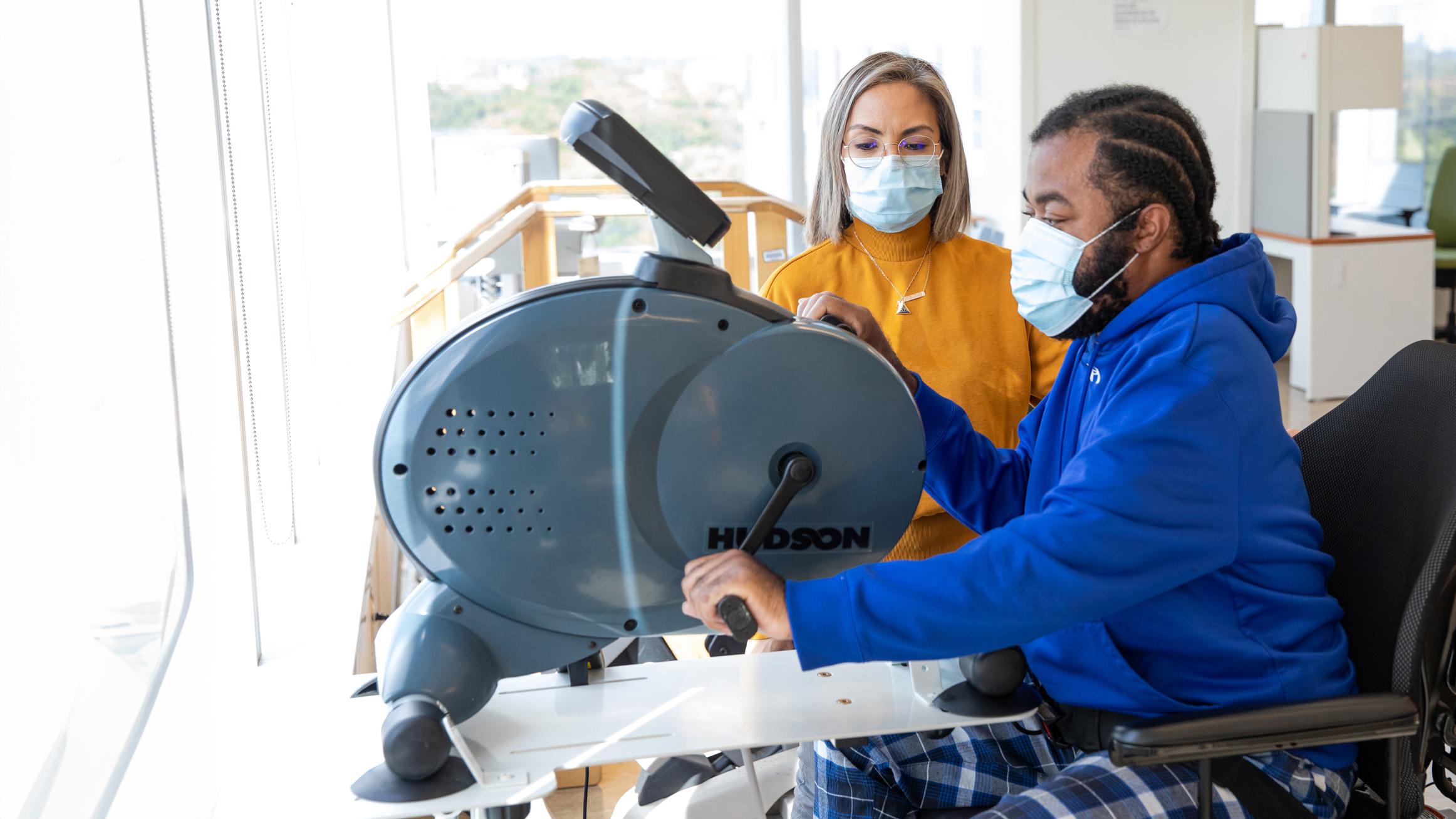Glaucoma
Learn more about glaucoma and how it is treated.
Overview
Glaucoma is the name for a group of eye diseases related to the optic nerve. The optic nerve sends information from the eyes to the brain.
The most common cause of glaucoma is increased eye pressure (intraocular pressure). Increased eye pressure can lead to a buildup of fluid behind the eye, which can damage the optic nerve.
Glaucoma can lead to vision loss, often starting with peripheral vision.
For more information on glaucoma, visit the Canadian Ophthalmological Society and the Glaucoma Research Society of Canada.
Symptoms
Open-angle glaucoma is the most common type of glaucoma. Most people do not have symptoms until the disease is in its advanced stages, when loss of vision can occur.
Angle-closure glaucoma (also called narrow-angle glaucoma or acute-angle glaucoma) occurs when eye pressure rises suddenly. This can cause sudden eye pain, headache, blurred vision, rainbow-coloured halos around lights, nausea and vomiting.
Angle-closure glaucoma is a medical emergency. If you experience these symptoms, go to your nearest emergency department.
Diagnosis
Optometrists look for signs of open-angle glaucoma during regular eye exams by:
- Checking peripheral vision
- Testing eye pressure
- Visually examining eyes
If you have signs of glaucoma, your optometrist will refer you to an ophthalmologist for further testing.
Treatment
If you have early glaucoma, our Ophthalmology care team may recommend prescription eye drops. These do not cure glaucoma or make your vision better, but they can lower eye pressure and prevent your eyesight from getting worse.
Treatments to drain fluid from the eyes may be required if glaucoma worsens. We will work with you to develop a care plan specific to your needs.
A care plan may include laser treatment. Before treatment, the ophthalmologist will use anesthetic drops to numb your eyes. A laser is used to help drain fluid from your eyes. You should not feel any pain from the procedure.
In some cases, we may recommend surgery to help drain the fluid. Our Ophthalmology care team will help you prepare for surgery.







